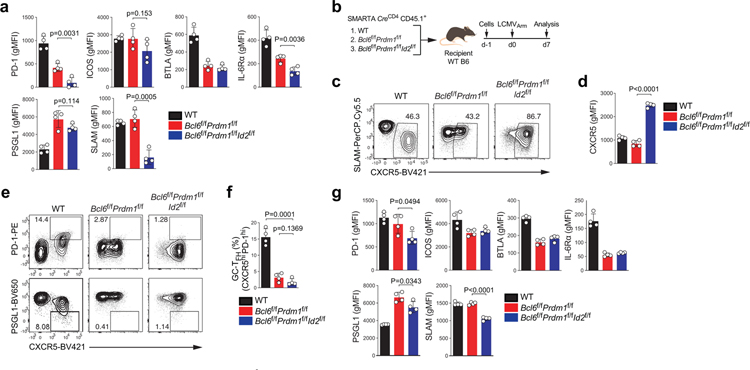Extended Data Fig. 4. Bcl-6 drives CXCR5 expression via repression of Id2-E2A pathway.
Related to Fig. 4
a, Quantification of GC-TFH core signature markers in SMARTA cells from dLNs of KLH-gp61 immunized mice in Fig. 4d.
b, Schematic of the SMARTA cell transfer system used for LCMVArm infection. WT, Bcl6f/fPrdm1f/f, or Bcl6f/fPrdm1f/fId2f/f CreCD4 SMARTA CD4 T were transferred to C57BL/6 host mice, followed by infection of the host mice with LCMVArm, and analyzed 7 days later. Related to Fig 4g and Extended Data Fig. 4c–g.
c,e, Representative flow cytometry of TFH and GC-TFH SMARTA cell subsets from spleen of LCMVArm infected mice. Two independent experiments performed; each dot represents one mouse (n = 4). Data are mean ± s.d., unpaired two-tailed Student’s t-test.
d, Quantification of expression of CXCR5 in Extended Data Fig. 4c, gated on SMARTA cells.
f, Quantification of frequency of CXCR5hiPD1hi GC-TFH cells in Extended Data Fig.4e, gated on SMARTA cells.
g, Quantification of GC-TFH core signature markers in Extended Data Fig.4e, gated on SMARTA cells.

